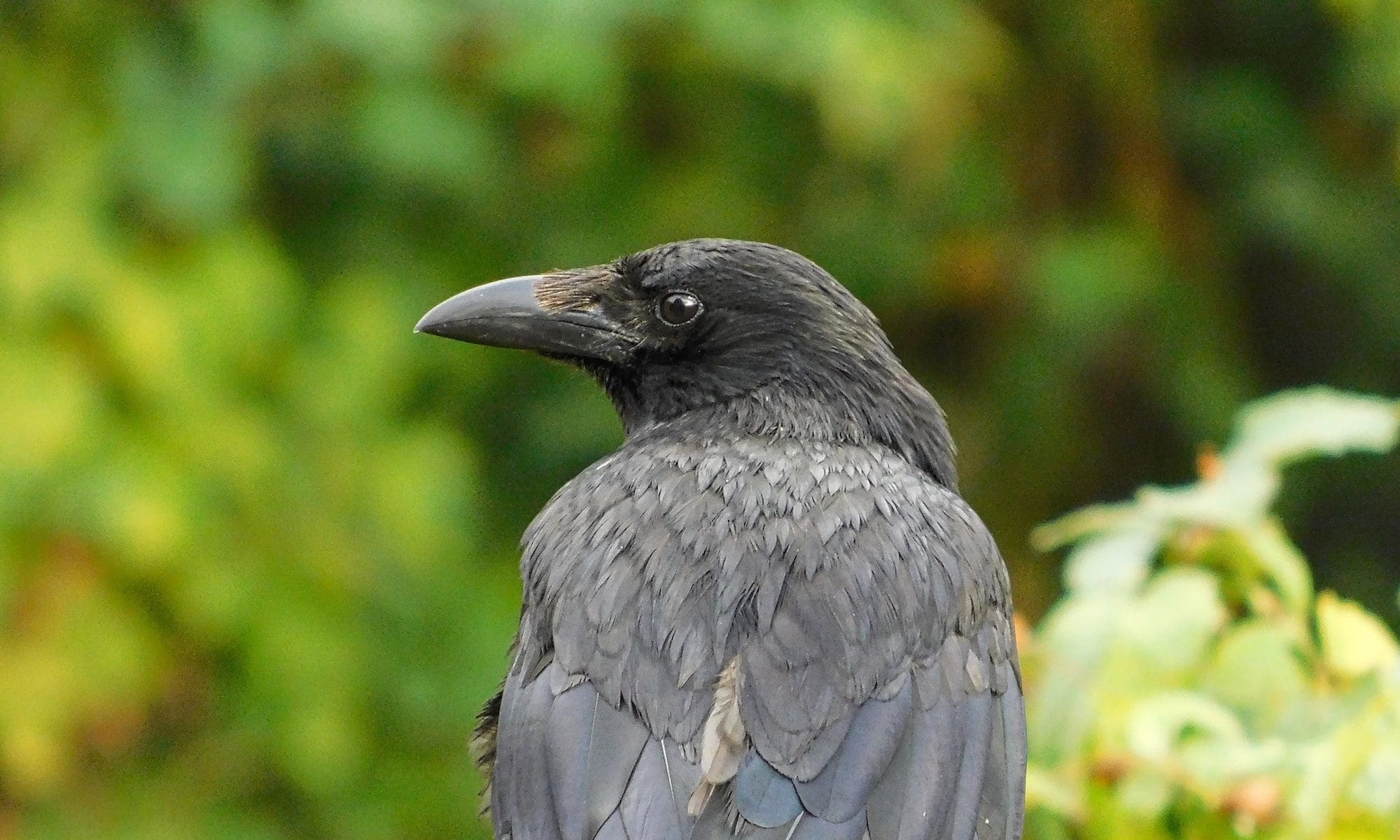It is with great sadness that we have to announce the loss of our rook Aeneas.
Aeneas was an adult rook, who came to us in August 2017. At admission we found a severely bleeding compound fracture of his right wing caused by a gun shot injury, which we treated conservatively. Aeneas did also show neurological signs consistent with a concussion featuring a weakness of his right wing and leg. These injuries were likely to be caused by being shot mid air and a subsequent severe impact trauma.




